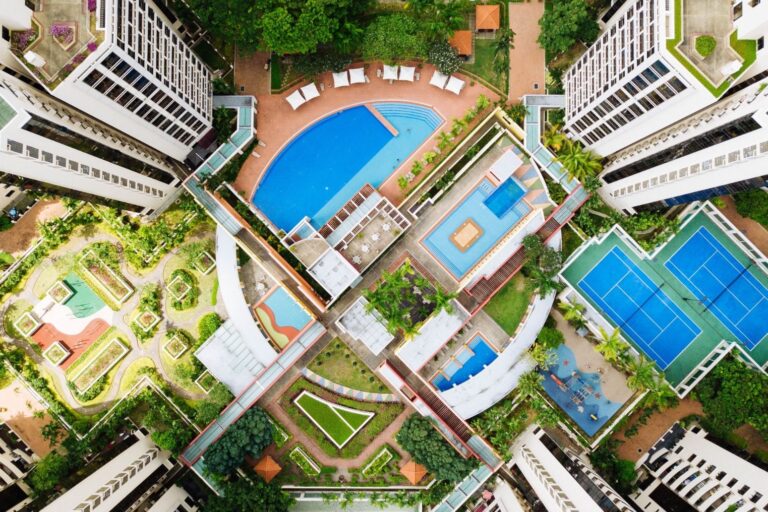Property investment in Singapore often starts with one major question: freehold or leasehold? While freehold properties have a certain allure, the reality is that 99-year leasehold developments dominate much of the private housing market.
They’re newer, better located, and often come with lifestyle amenities that command strong demand. For both homeowners and investors, they represent a viable, often undervalued segment of the market if approached strategically.
Why 99-Year Leaseholds Still Matter
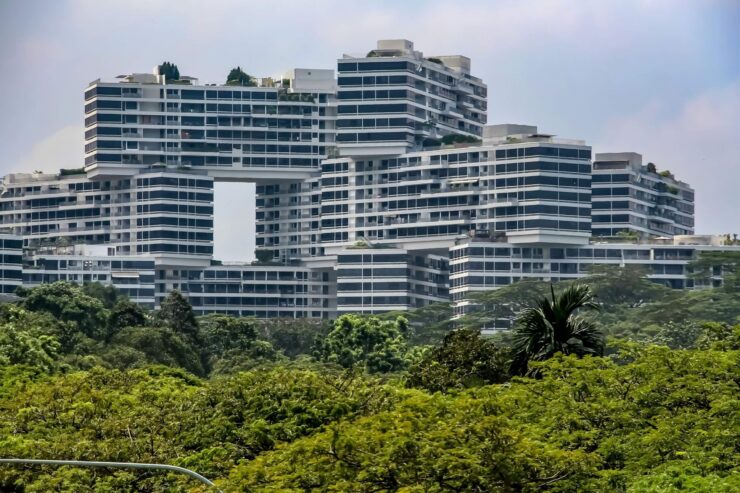
A 99-year leasehold simply means that the property reverts to the state after 99 years. The lease starts from the land’s initial grant, not necessarily from the project’s completion date.
On paper, that might sound like a limitation. In practice, though, most properties don’t even come close to the end of their lease during a typical investor’s holding period.
One strong example is the project at Pinery Residences, where a 99-year leasehold occupies a strategic site in Tampines West, offering accessibility and modern design.
What keeps leaseholds relevant in Singapore’s property scene is location. Many are found in high-demand districts near MRT lines, schools, and business hubs.
Developers also use the lease model to make luxury condominiums more accessible in areas where freehold land is scarce or priced far beyond the average buyer’s reach.
One practical illustration of a modern 99-year leasehold scheme is found in Narra Residences, which leverages contemporary design to appeal to both investors and homeowners.
Key Drivers of Leasehold Appeal
- Affordability: 99-year leasehold projects are typically 10–20% cheaper than comparable freehold units in the same area.
- Modern design: Newer leasehold projects often feature advanced architecture, smart home integrations, and resort-like facilities.
- Accessibility: Many government land sales are on 99-year terms, meaning the newest and most strategically located developments fall under this category.
- Rental yield: Investors who prioritize yield over long-term tenure often prefer leaseholds because the lower entry cost boosts net returns.
How Lease Tenure Influences Value
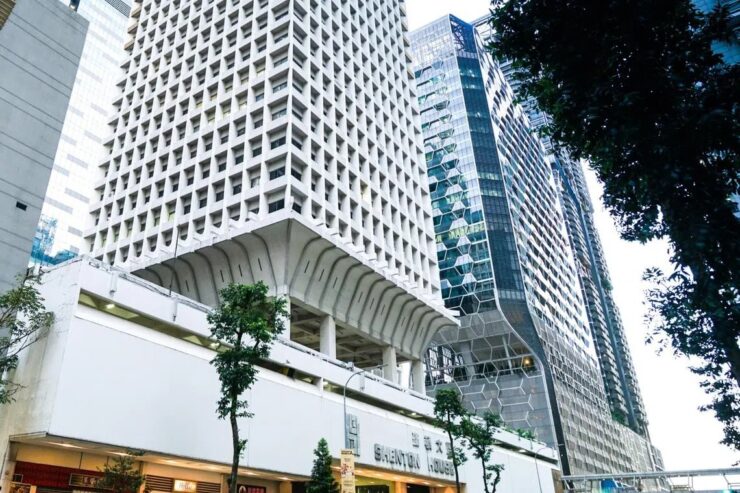
A leasehold property’s value trajectory typically follows a curve that mirrors its remaining lease. For the first few decades, appreciation follows market trends. The turning point comes as the lease dips below 60 years, where financing restrictions start to tighten and demand from owner-occupiers weakens.
However, most investors don’t hold properties for such long horizons. The typical investment window is around 5 to 15 years, during which lease decay barely registers as a factor. The goal is capital appreciation and yield, not generational transfer.
Key Phases of Leasehold Value
| Lease Age | Market Perception | Financing Ease | Buyer Profile |
|---|---|---|---|
| 99–70 years | High demand | Easy financing | Homebuyers, investors |
| 69–40 years | Moderate demand | Some loan limits | Value seekers |
| Below 40 years | Low demand | Limited financing | Niche buyers or en bloc investors |
The early decades, when financing is flexible and demand is steady, are where most investment gains occur.
The Government Land Sales (GLS) Effect
Much of Singapore’s residential supply originates from the Government Land Sales program. These sites are typically sold on 99-year leases.
Developers bid aggressively for prime plots, particularly in locations tied to future MRT lines or growth clusters such as the Jurong Lake District, Greater Southern Waterfront, or Tampines North.
For investors, that means many of the most promising future neighborhoods will naturally be anchored by leasehold developments. Freehold options may be limited to older, smaller plots scattered across the Core Central Region.
Examples of Leasehold Zones with Strong Prospects
- Tampines and Pasir Ris: Mature neighborhoods undergoing major renewal with improved transport and mixed-use developments.
- Jurong East and Lakeside: Backed by the transformation into Singapore’s second CBD.
- Queenstown and Buona Vista: Proximity to research and innovation hubs, attracting both expatriates and professionals.
- Woodlands and Sembawang: Future growth areas driven by the Northern Corridor and industrial expansion.
In each of these areas, the key factor isn’t tenure length; it’s economic relevance, infrastructure, and future demand catalysts.
Rental Performance and Yield Stability
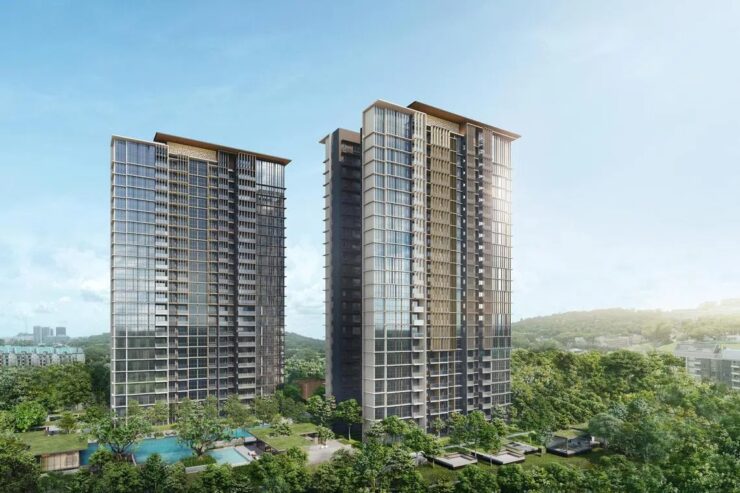
From a rental perspective, 99-year leasehold properties often outperform freeholds in yield percentage.
The entry price being lower boosts yield metrics even if the rent commanded is similar. Tenants rarely care whether a property is freehold; their focus is on location, layout, and amenities.
Factors That Strengthen Leasehold Rental Value
- Proximity to MRT stations: Properties within a 5-minute walk to an MRT station can command 10–15% higher rents.
- Integrated developments: Condominiums linked to malls or transport hubs see stronger tenant retention.
- Tenant mix: Areas with large business parks, hospitals, or universities sustain consistent demand even during market dips.
Long-term investors who adopt a yield-first strategy often prefer leaseholds precisely because the math works better on recurring income.
The En Bloc Possibility
Older 99-year projects nearing the mid-point of their lease can present another investment angle: collective sale potential. Developers occasionally buy such plots for redevelopment when the land still has sufficient lease years remaining to justify rebuilding.
While speculative, some buyers look for undervalued mid-aged projects in strategic areas with redevelopment potential. However, the odds of en bloc success depend heavily on plot size, zoning, and market cycle. It’s not a guarantee, but it can serve as a useful upside scenario.
Comparing 99-Year Leasehold vs Freehold Performance
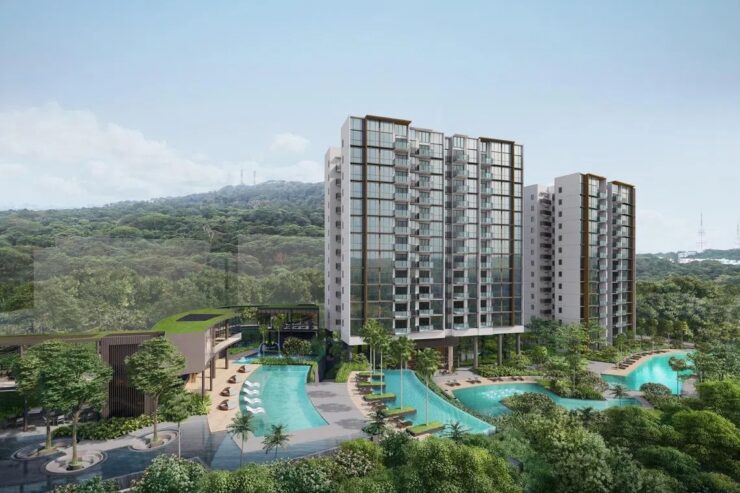
Many investors assume that freehold properties inherently appreciate faster, but data over multiple market cycles tells a more nuanced story.
Leasehold properties often match or even outpace freehold appreciation during their first 30–40 years, especially when the leasehold is in a high-demand, well-connected area.
| Metric | 99-Year Leasehold | Freehold |
|---|---|---|
| Average Entry Price | Lower by 10–20% | Higher upfront cost |
| Rental Yield | Higher | Moderate |
| Appreciation (First 20 years) | Comparable to freehold | Steady |
| Long-Term Value Retention | Declines after 60 years | Sustains longer |
| Liquidity | Strong when new | Consistent |
The takeaway is simple: leasehold doesn’t mean inferior. It simply aligns with a different investment horizon.
Financing and CPF Considerations
Singapore’s regulations around financing leasehold properties are clear-cut. Banks assess both the buyer’s age and the remaining lease when determining loan tenure. The key thresholds are 60 years and 30 years.
- If the lease has 60 years or more left, banks generally offer full loan tenures.
- If the lease has less than 60 years, the maximum loan tenure shortens.
- Once a lease drops below 30 years, CPF funds can no longer be used for purchase.
For most new leasehold projects, none of this is an immediate concern. However, investors buying resale units should pay attention to the remaining lease when assessing long-term liquidity.
How to Choose the Right Leasehold Property
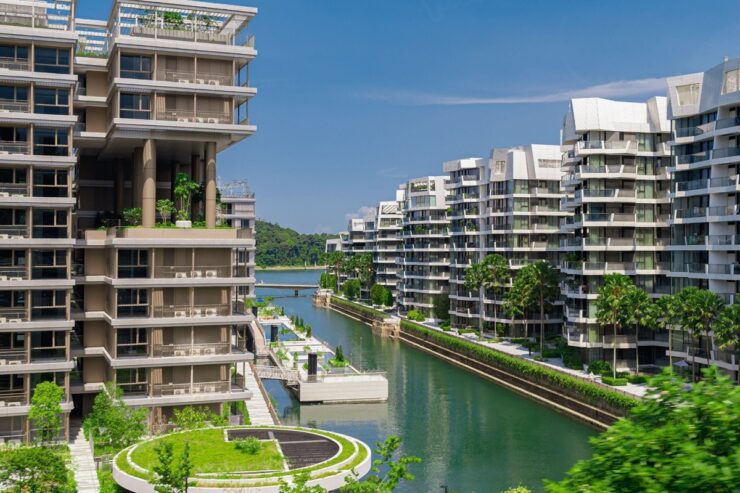
A 99-year leasehold property can perform well if it checks the right boxes. Smart investors focus less on tenure and more on fundamentals that drive marketability and resale demand.
Factors to Prioritize
- Location proximity: MRT, business districts, schools, and amenities.
- Developer track record: Established developers often maintain long-term quality and resale value.
- Launch stage: Buying at early phases of a project launch can secure better pricing tiers.
- Tenant appeal: Units with practical layouts and modern facilities attract longer leases.
- Future infrastructure plans: New transport lines or business zones nearby can accelerate appreciation.
It’s not about guessing which leasehold will “beat the clock.” It’s about aligning your property’s profile with foreseeable market movements.
Popular Leasehold Developments as Case Studies
To illustrate how 99-year leaseholds can hold investment value, consider three broad examples across regions.
- East Region (Tampines): Mixed-use developments near Tampines Hub and Century Square have shown consistent rental occupancy above 95%. Prices have risen steadily due to strong family and expatriate demand.
- Central Region (Queenstown): Condos near the One-North business park enjoy stable yields due to a steady influx of professionals working in tech and biomedical sectors.
- West Region (Jurong): Upcoming transport and commercial hubs are driving both owner-occupier and investor activity, even before the completion of new lines.
Each location reflects how urban renewal and infrastructure investments directly sustain the leasehold market.
Long-Term Investment Outlook
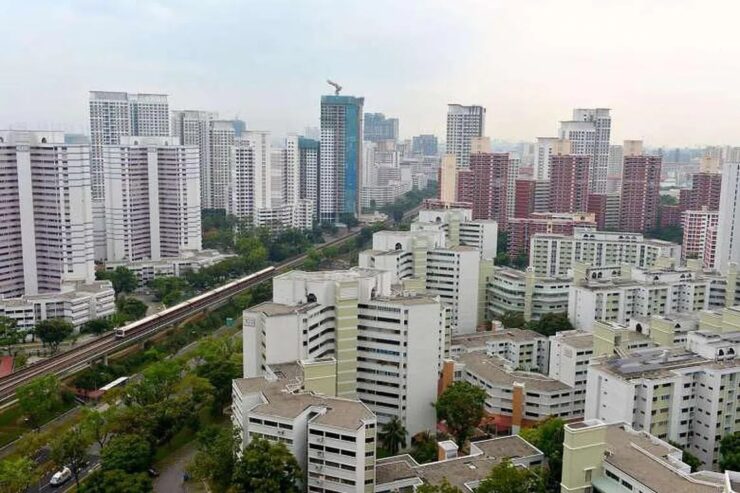
The future for 99-year leaseholds remains strong as the government continues to control land supply and push urban transformation through strategic land sales. Freehold plots will always have limited availability, keeping leaseholds at the center of new housing development.
For younger investors or those targeting 10–20-year growth windows, leaseholds offer better balance: reasonable entry cost, consistent rental demand, and exposure to modern city infrastructure.
Institutional investors and REITs also continue to show interest in long-lease residential and mixed-use assets, reflecting confidence in their performance.
What to Expect Over the Next Decade
- More leasehold launches in non-core regions tied to new transport lines.
- Rising demand for compact, efficiently designed units among singles and small families.
- Continued rental resilience near key employment nodes.
- Renewed investor focus on projects with mixed-use potential.
Final Thoughts
In Singapore’s property landscape, tenure length is just one part of the equation. The real investment logic comes from timing, location, and long-term livability.
Also read: Aircorn Services Singapore
A 99-year leasehold property, chosen wisely and held with patience, can deliver strong returns without tying up excessive capital. The key is clarity; knowing what drives the market, how to position yourself, and when to act within the property’s most productive years.

